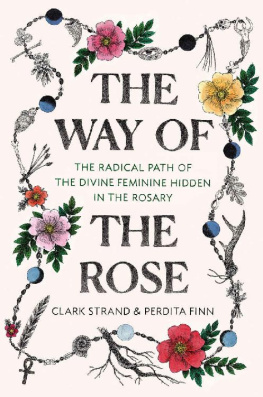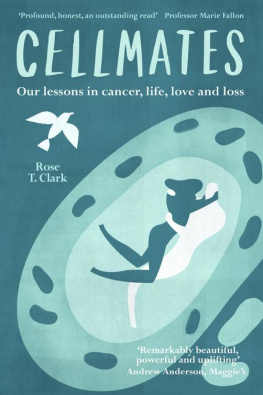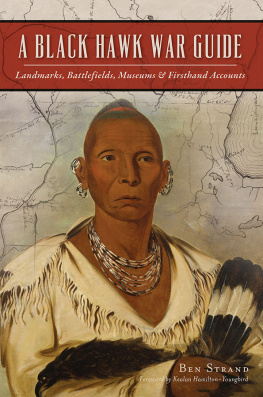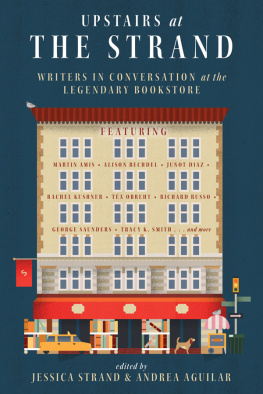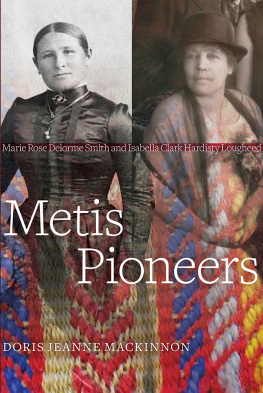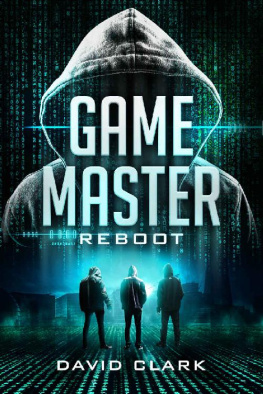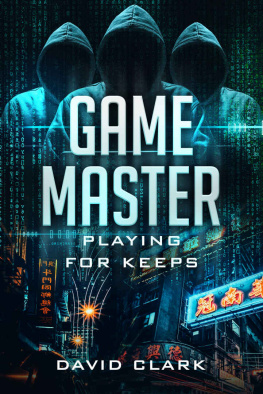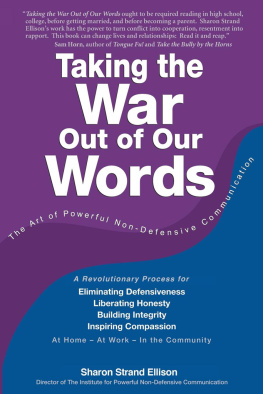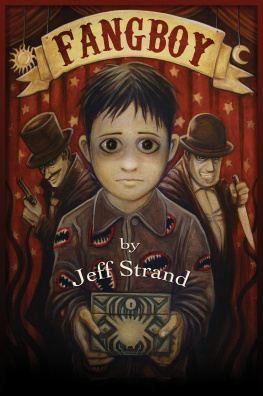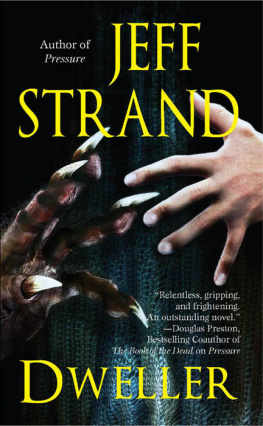Clark Strand - The Way of the Rose
Here you can read online Clark Strand - The Way of the Rose full text of the book (entire story) in english for free. Download pdf and epub, get meaning, cover and reviews about this ebook. year: 2019, publisher: Random House Publishing Group, genre: Religion. Description of the work, (preface) as well as reviews are available. Best literature library LitArk.com created for fans of good reading and offers a wide selection of genres:
Romance novel
Science fiction
Adventure
Detective
Science
History
Home and family
Prose
Art
Politics
Computer
Non-fiction
Religion
Business
Children
Humor
Choose a favorite category and find really read worthwhile books. Enjoy immersion in the world of imagination, feel the emotions of the characters or learn something new for yourself, make an fascinating discovery.
- Book:The Way of the Rose
- Author:
- Publisher:Random House Publishing Group
- Genre:
- Year:2019
- Rating:5 / 5
- Favourites:Add to favourites
- Your mark:
- 100
- 1
- 2
- 3
- 4
- 5
The Way of the Rose: summary, description and annotation
We offer to read an annotation, description, summary or preface (depends on what the author of the book "The Way of the Rose" wrote himself). If you haven't found the necessary information about the book — write in the comments, we will try to find it.
The Way of the Rose — read online for free the complete book (whole text) full work
Below is the text of the book, divided by pages. System saving the place of the last page read, allows you to conveniently read the book "The Way of the Rose" online for free, without having to search again every time where you left off. Put a bookmark, and you can go to the page where you finished reading at any time.
Font size:
Interval:
Bookmark:

Copyright 2019 by Clark Strand
All rights reserved.
Published in the United States by Random House, an imprint and division of Penguin Random House LLC, New York.
R ANDOM H OUSE and the H OUSE colophon are registered trademarks of Penguin Random House LLC.
LIBRARY OF CONGRESS CATALOGING-IN-PUBLICATION DATA
Names: Strand, Clark, author.
Title: The way of the rose: the radical path of the divine feminine hidden in the rosary / by Clark Strand and Perdita Finn.
Description: First Edition. | New York: Spiegel & Grau, 2019. | Includes bibliographical references.
Identifiers: LCCN 2019001434 | ISBN 9780812988956 (alk. paper) | ISBN 9780812988970 (ebook)
Subjects: LCSH: Mary, Blessed Virgin, SaintApparitions and miracles. | Mary, Blessed Virgin, SaintDevotion to. | Mysteries of the Rosary.
Classification: LCC BT650.S765 2019 | DDC 242/.74dc23 LC record available at https://lccn.loc.gov/2019001434
Ebook ISBN9780812988970
randomhousebooks.com
Book design by Victoria Wong, adapted for ebook
Cover design: Rachel Ake
Cover illustration: Will Lytle
Art direction: Greg Mollica
ep_prh_5.4_c0_r1

The Way of the Rose may be a book about the rosary, but it is not a Catholic book. Its authors are not affiliated with any religious institution. This is a book about one of the worlds oldest living spiritual devotions and the Earth wisdom it still holds for those willing to reclaim it.

The rosary is one of the most readily identified symbols of Catholic faithone that would seem to represent all that is most pious and conventional about Christian doctrine. Yet, hold a rosary from the loop so that the beads form a circle with the cross hanging down and it effortlessly reveals the first of its many secrets: The rosary forms the symbol for womana symbol that is far older than Christianity.
The word rosary refers to the garlands that were traditionally woven from roses and offered to the Virgin Mary in the springtime. But long before Mary, those same garlands were made as offerings to other goddesses by many other names. Roses were offered to Venus, the Roman goddess of love and fertility, whose emblem was also a circle with a cross pendant. Before that, they were offered to Isis, the Great Mother of the ancient Mediterranean world. In Egyptian images created thousands of years before the Gospels, Isis holds an ankh, the hieroglyph for Life and a variation on the same familiar symbolan oval with a cross dangling from it that looks exactly like a rosary.
The first mention of a rosary-like devotion is over five thousand years old and refers to a japamala, which in Sanskrit means muttering garland. Like the word rosary,mala originally referred not to a circle of beads but to a sacred circle of flowers. Early on, men and women simply wove their chaplets of roses for the Goddess. Later, they entwined prayers and mantras with those flowers, eventually stringing beads into a circle to perform the same symbolic gesture. A rosary is a garland of prayers woven for the goddess.
The current form of the rosary emerged in the Middle Ages as Christianity extended its dominion across pagan Europe. People were forbidden from worshipping the Great Mother of their ancestors in any explicit way, but they were able to continue their devotion to her privately while holding on to their beads. In this way the rosary became a kind of church within the Church. Old statues of Isis nursing her baby, Horus, were refashioned as images of the Madonna and Jesus. And people continued to offer their garlands to the mother goddess every spring, even if their prayers now called that mother Mary. The rosary was a way of grafting devotion to the Virgin onto the rootstock of far older, more Earth-centered forms of goddess worship handed down from prehistoric times.
Buried in the soil of those areas of Europe where the rosary first flourished have been found hundreds of devotional figurines of the goddess that are tens of thousands of years old. Long before people recorded their histories in written records, long before they settled down to live in towns and cities, they trusted the guidance and wisdom of a Lady whose body they identified with the fertile soil beneath their feet. They knew that all thingsincluding their own bodieshad been born from the sacred womb of that Earth Mother. Just as they knew that everything returned to her.
When medieval people called out to Mary, they knew she wasnt just the mother of Jesus, as the Church would have them believe, but their mother from the bottom of time. She was with them before the beginning and after the end. She was called the Mother of Life, the Star of the Sea, the Queen of Heaven and Earth. These were the very same words of praise their ancestors had used to address Inanna, Isis, and Venus. Still, the Church insisted that Mary was not a goddess in her own right but merely an intercessor who would plead their case before an all-powerful God. Again and again, religious authorities leveled the sacred groves of the Mother to make way for churches and cathedrals. And they forbid the old prayers and practices. But people would not give up their devotion to her. She continued to be credited with all manner of miraculous healings and interventions.
The most recent attempt to diminish Marys power was the modernizing movement within the Catholic Church known as Vatican II. Praised for its progressive reforms, this global twentieth-century gathering of cardinals and bishops was also a stealth campaign against the Virgin Mary. The Ladys celebratory prayers were excised from the mass, her feast days were deemphasized or eliminated, her statues were removed from the main altar if not gotten rid of entirely from the church. While saying the mass in the everyday language of the congregation invited increased participation, it also encroached upon the private devotions of the mothers and grandmothers used to praying with their beads as the priests droned on and on in Latin.
After Vatican II, the rosary was enlisted in the Churchs ideological battlesfrom the fight against Communism to the war against abortion. Promoted by priests and popes alike, The rosary is a weapon! became one of the most popular Catholic slogans of the day. What had once been an intimate daily devotion became a political, mostly public act intended to serve the agenda of the Church rather than the needs of ordinary individuals. The rosary fell into disuse as a private ritual, and beads that had been passed down for generations in families became ubiquitous at flea markets and junk shops.
Throughout those years the Lady herself was making appearances with greater and greater frequencyin Egypt, Japan, Bosnia, Venezuela, Rwanda, America, and countless other places around the worldalmost always with the message that hard times were coming and that people should pray the rosary. But the Church ignored most of these apparitions, almost as if they hoped that by ignoring the Lady whom many people still thought of as divine in her own right, they could get her to go away.
In 1969 the worlds foremost scholar on the rosary, Eithne Wilkins, herself not a Catholic, asked why the rosary hadnt spread to people of all faiths and all walks of life. She saw women claiming their power through the feminist movement and young people questioning institutional authority and thought for sure that they would turn to the rosary and the long-forgotten Way of the Mother. In her groundbreaking book,
Font size:
Interval:
Bookmark:
Similar books «The Way of the Rose»
Look at similar books to The Way of the Rose. We have selected literature similar in name and meaning in the hope of providing readers with more options to find new, interesting, not yet read works.
Discussion, reviews of the book The Way of the Rose and just readers' own opinions. Leave your comments, write what you think about the work, its meaning or the main characters. Specify what exactly you liked and what you didn't like, and why you think so.

